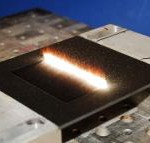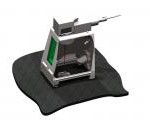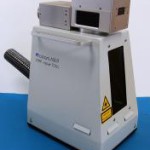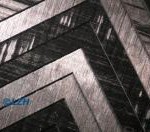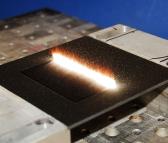
CFRP-reparation
Laserbaserad reparation för Cfrp-komponenter
Beröringsfri bearbetning och förbehandling för limning
En ny laserbaserad metod möjliggör effektiv skikt för skikt-borttagning och ytförbehandling av CFRP för strukturell ytbehandlingsreparation, t.ex. för limning av clips och klämmor eller strukturell stegvis limning. De mekaniska hållfasthetsegenskaperna som realiseras i processen tillåter överlägset strukturellt bindningsbeteende, t.ex. för flygindustrin.
Fördelar:
- Utmärkt rengörings- och ablationsresultat och snabbhet
- Förbättrad vidhäftning
- Innovativ robust diodpumpad laserteknik
- Mycket låga driftskostnader (vanligtvis 1-3 €/h)
- Ingen gasförbrukning, ”Plug & Go”-teknik
- Flexibel applikation tack vare bärbar teknik
- Underhållsfri teknik
- Hög tillförlitlighet, ingen ”mänskligt fel”-faktor, potential för automatisering och certifiering
EKOLOGISKA EFFEKTER
- Inga slipmedel, inga kemikalier
- Inget avfall förutom borttagna CFAP-skikt

